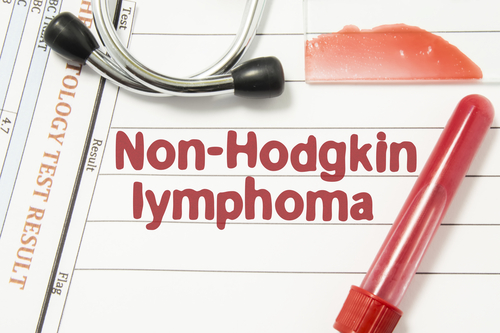Nearly three out of every 100 cases of non-Hodgkin lymphoma in American children and adolescents occurs in those who received an organ transplant, a study reports.
The research showed that the fraction has increased over time. This suggests that doctors could reduce non-Hodgkin lymphoma (NHL) in children and adolescents by taking steps to prevent it from happening in those who receive transplants.
Another finding of the research was that the most common type of non-Hodgkin lymphoma in children is diffuse large B-cell lymphoma, or DLBCL.
The study, “Contribution of solid organ transplant recipients to the pediatric non-hodgkin lymphoma burden in the United States,” was published in the journal Cancer.
Dr. Elizabeth Yanik, an orthopedic surgery professor at the Washington University School of Medicine in St. Louis, directed the study.
“Although very few U.S. children and adolescents have received a solid-organ transplant, this population contributes a disproportionate fraction of pediatric NHL cases,” Yanik and her colleagues wrote.
The chance of a child who receives an organ transplant developing NHL is 100 to 200 times higher than in children who haven’t had one, research has shown. While it is not clear why this happens, some studies have suggested that it is linked to immune system suppressive therapies and Epstein-Barr virus infections. That virus is known to contribute to the development of lymphoma.
Washington University researchers decided to come up with an estimate of how many children and adolescents who have transplants develop lymphoma. They checked the names of people under 20 years old in a transplant registry against names in 16 cancer registries. The information covered the years 1990 to 2012.
They discovered that 628 of the 22,270 NHL patients, or 2.8 percent, had received transplants. DLBCL accounted for 65 percent of transplant recipients’ NHL cases. Burkitt lymphoma was in second place, with 9 percent of cases. Both are Epstein-Barr virus types of lymphoma.
Transplant recipients accounted for 8 percent of DLBCL cases, and 1 percent of Burkitt lymphoma cases.
Children less than 5 years old who had had transplants accounted for the largest share of NHL cases among young people — 4 1/2 percent — and for 20 percent of DLBCL cases.
The percentages were highest in the most recent years of the study, suggesting that the number of cases is increasing. The team said the higher percentages may reflect better therapies and care for transplant recipients — which would help patients live longer — rather than an increase in the risk of a young person developing lymphoma after a transplant.
“Remarkably, transplant recipients contributed 1 in 5 DLBCL cases diagnosed in children less than 5 years old and more than 1 in 10 cases across all ages in the most recent calendar years,” the researchers wrote.”In contrast, transplant recipients made up a considerably smaller proportion of the pediatric BL [B-cell lymphoma] burden and contributed less than 1 percent of U.S. cases.”
The findings suggest that studies should be done on the mechanisms leading to transplant recipients developing lymphoma. That kind of research could provide new insights on lymphoma development, and help in the prevention and treatment of this high-risk population.


